The Estonian Hound is a dog breed originally bred for hunting small game such as hare, fox and marten. It is very popular in Estonia and neighboring countries, but is also recognized in Europe and other parts of the world.
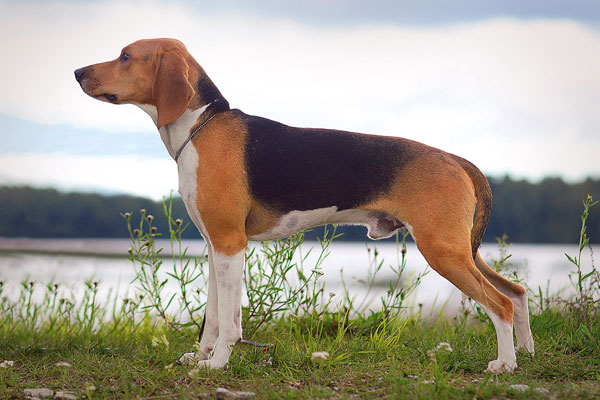
Breed Features
- Appearance and breed standard: The Estonian Hound is a medium-sized dog with long legs and short hair. It has straight, mobile ears and oval eyes. Its coloration can range from white and black to more mottled, including red, red and brown. The average weight of this breed is about 20 kg and its height at the withers is from 45 to 53 cm.
- Character and behavior: The Estonian Hound is an intelligent, energetic and independent breed. They are very active and enjoy hunting and other physical activities such as running or swimming. These dogs are very loyal to their owners and love to play with children.
- Features of Hunting Instinct: The Estonian Hound is a breed of dog that is bred to hunt small game. They have a high level of hunting instinct and can be used as hunting dogs. These dogs are excellent at orienting in the woods and can catch game using their scent instinct and excellent auditory sensitivity.
Care of the Estonian Hound
- Nutrition and diet Nutrition plays an important role in the life of any dog, including the Estonian Hound. It is recommended to feed this breed a balanced diet consisting of quality and natural ingredients. It is necessary to monitor the amount of food and provide access to clean drinking water.
- Training and physical activity The Estonian Hound is a very active breed that needs regular physical activity. It is recommended that you take your dog for walks at least twice a day, and provide them with opportunities to hunt or engage in other physical activities such as running, swimming, or just playing.
- Health and Diseases Like other breeds, the Estonian Hound has some common diseases that need to be addressed. These diseases include hypodynamia, allergies, joint damage, and heart and respiratory problems. It is advisable to have regular physical exams at the veterinarian and to monitor your dog’s health.
- Skin and coat care The care of the coat and skin also plays an important role in the care of the Estonian Hound. Regular brushing of the dog’s teeth and ear is recommended, as well as clipping of the dog’s claws. It is also necessary to brush the coat regularly and bathe the dog if necessary.
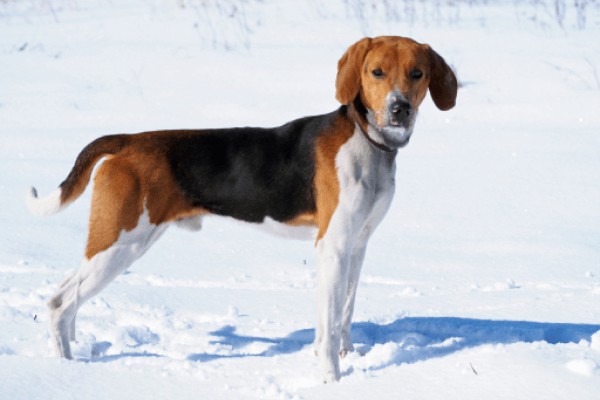
Can I keep the Estonian Hound in my apartment?
In general, the Estonian Hound is a dog breed that is designed for outdoor living and hunting small game. However, if you properly organize its physical activity and provide enough walks and activities, it may be possible to keep the Estonian Hound in an apartment.
However, it should be understood that this dog breed requires a significant amount of physical activity and exercise, as well as regular walks outside. If the dog does not get enough exercise, it can lead to increased aggression, chewing, destroying furniture, and other behavioral problems.
Therefore, if you live in an apartment and want to get an Estonian Hound, you need to be prepared to provide it with enough physical activity. It is recommended to take the dog for regular walks outside, arrange activities and games, as well as provide it with access to fresh air and enough space for active games in the apartment.
In addition, you should take into account that the Estonian Hound may bark if it is bored or feels unsatisfied. Therefore, if you live in an apartment, you need to be prepared for your dog to bark at times, especially if he doesn’t get enough exercise.
In general, keeping the Estonian Hound in an apartment may be possible if you provide it with enough physical activity, care, and attention. However, this breed is best suited to living in a country house or on a large plot of land, where the dog can realize its full hunting potential and get plenty of exercise and movement.
How many times a day to feed the Estonian hound?
The number of meals for the Estonian Hound depends on its age, weight, activity level, and individual needs. However, in general, it is recommended to feed the Estonian Hound twice a day – in the morning and in the evening.
For puppies up to 6 months of age, it is recommended to feed them 3-4 times a day, as they require more nutrients for growth and development. It is recommended to choose a puppy food that suits their age and needs.
When selecting a diet for the adult Estonian Hound, its activity level and individual needs should be taken into account. It is recommended to choose a balanced diet, which contains the necessary amount of proteins, fats, carbohydrates, vitamins and minerals.
Also keep in mind that the amount of food your dog needs may depend on his weight. It is recommended that you consult with your veterinarian to determine the optimal amount of food for your Estonian Hound, and to monitor his weight and overall health.
It is also important to provide access to fresh and clean drinking water throughout the day.
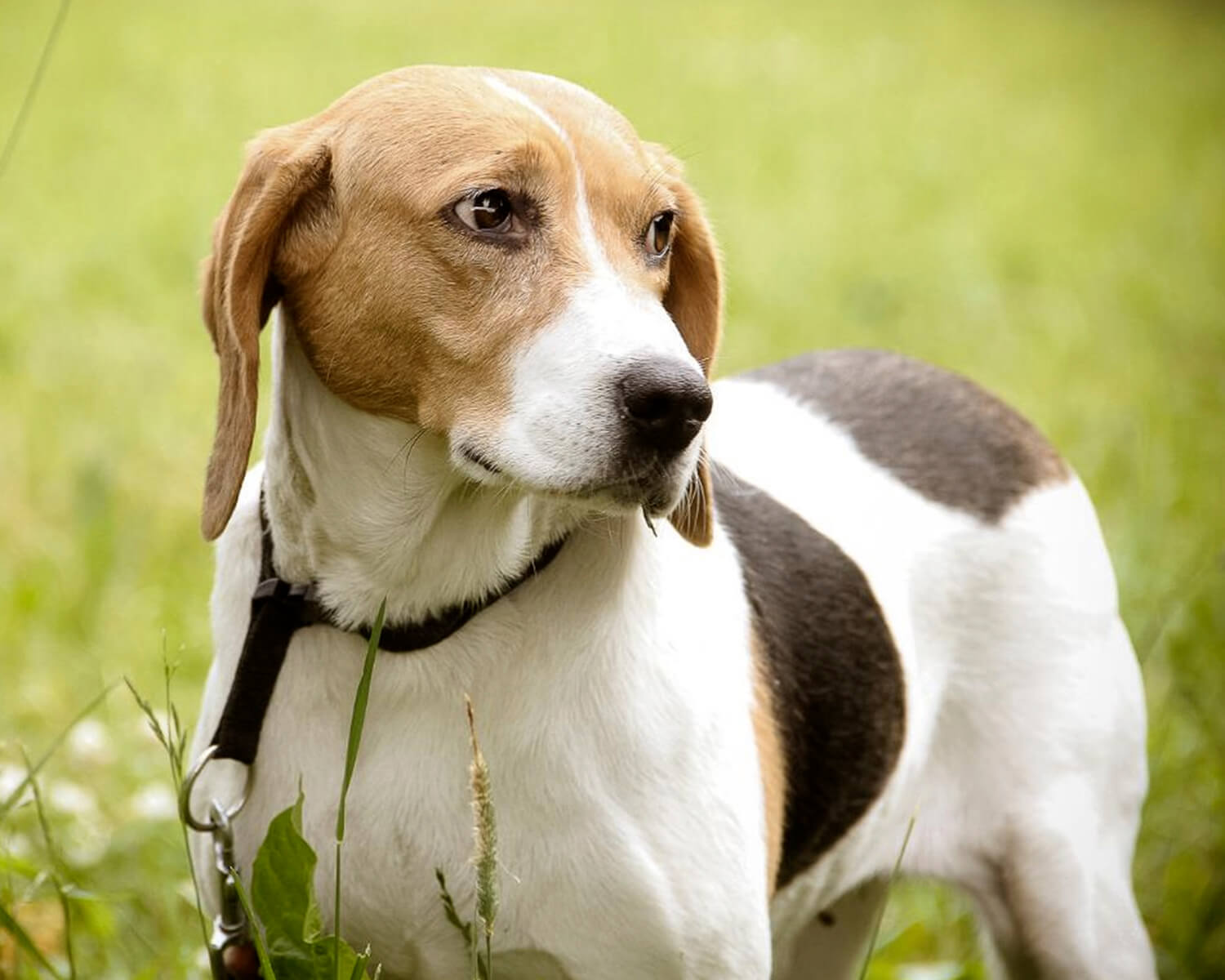
Top 10 facts about the Estonian hound:
- The Estonian Hound is an ancient breed of dog bred to hunt small game such as hare, fox and marten.
- The breed has been known since antiquity and is on the Estonian coat of arms.
- The Estonian Hound is very loyal to its owners and loves to play with children.
- They have a high level of hunting instinct and can be used as hunting dogs.
- This breed is very active and loves to engage in physical activities such as running, swimming or just playing.
- The appearance of the Estonian Hound can range from white and black to more mottled, including red, red and brown.
- Estonian hounds are very intelligent and easily trained dogs.
- They can bark to express their emotions or to get their owners’ attention.
- It is recommended to feed the Estonian Hound twice a day, morning and evening.
- The Estonian Hound requires regular care and grooming, including exercise, coat and skin care, and regular vet visits.
Conclusions
The Estonian Hound is an intelligent, energetic, and independent breed of dogs that can be a great pet for those who enjoy an active lifestyle. They are very attached to their owners and love to play with children. However, before deciding to purchase an Estonian Hound, it is important to become thoroughly familiar with the breed’s characteristics, needs, and care.
In this article, we have reviewed the history of the breed’s development, its characteristics, and recommendations for the care of the Estonian Hound. We hope that this information will be helpful to those who are considering the Estonian Hound as their future pet.
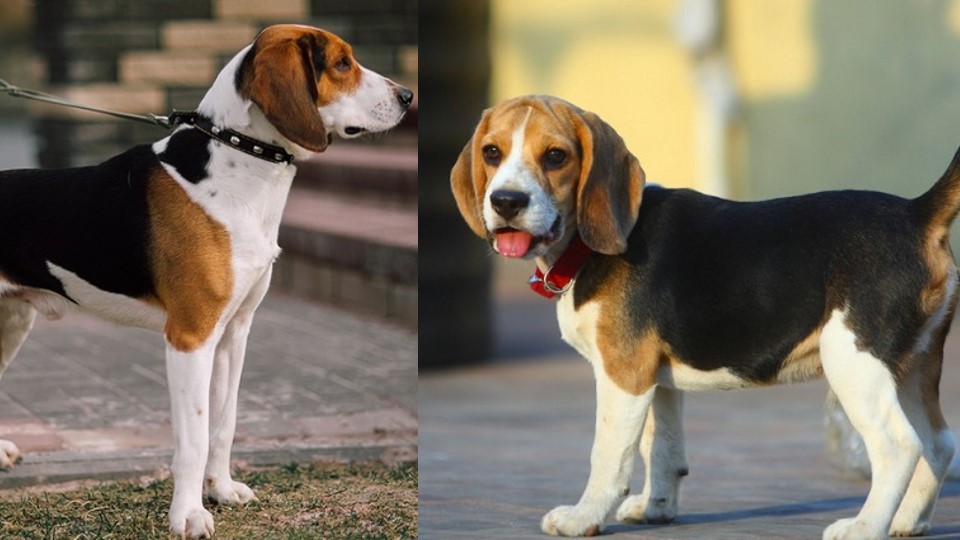

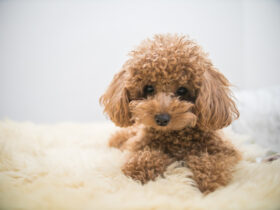
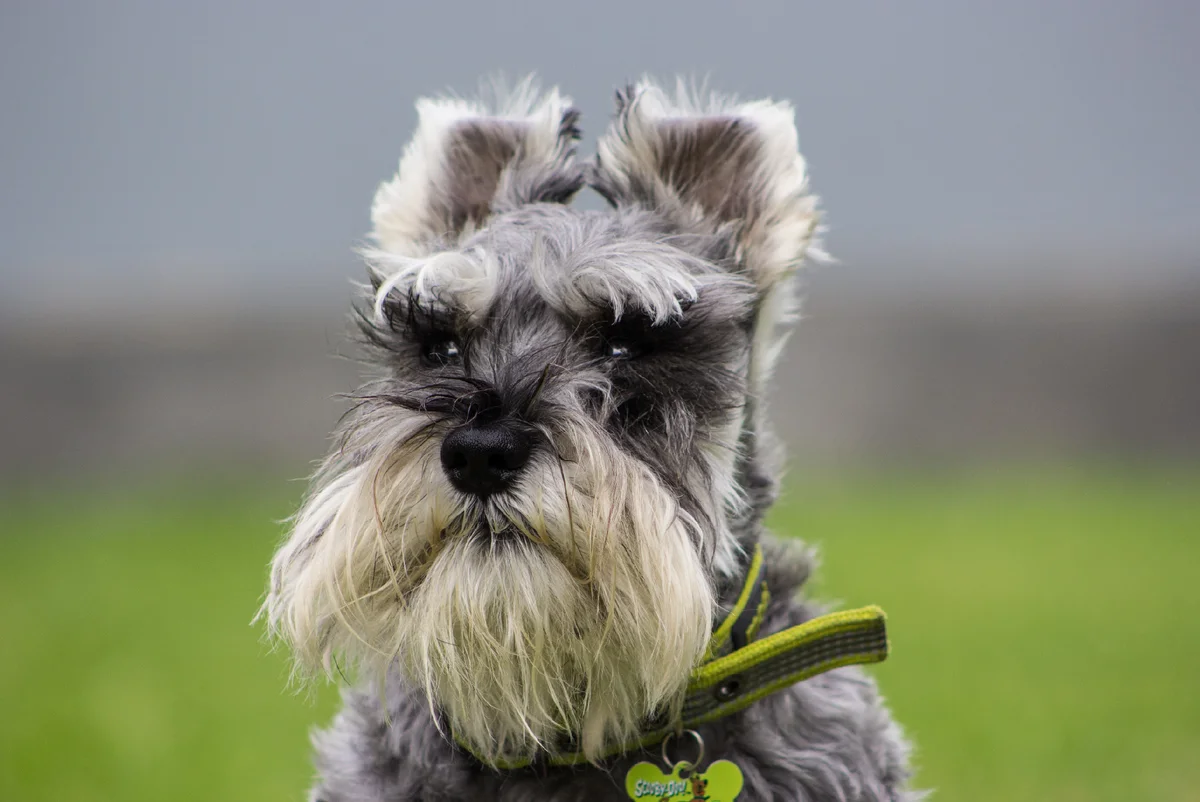
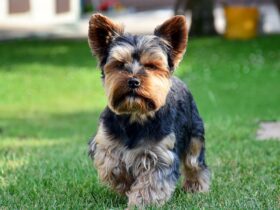
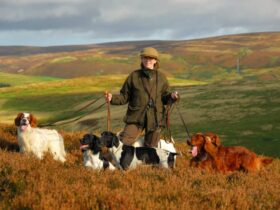
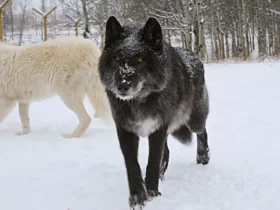
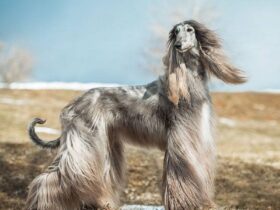
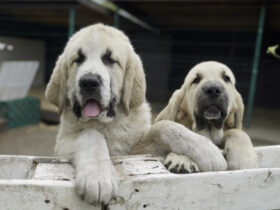
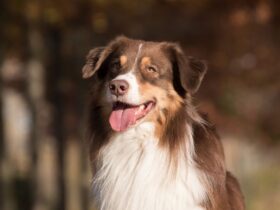
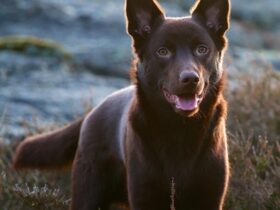
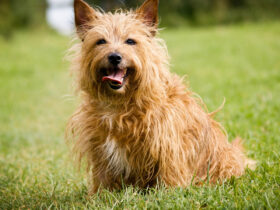
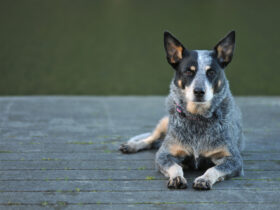
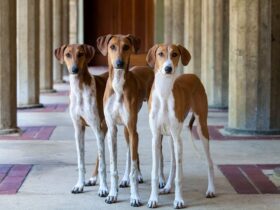
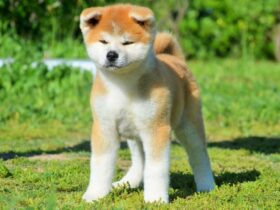
Leave a Reply